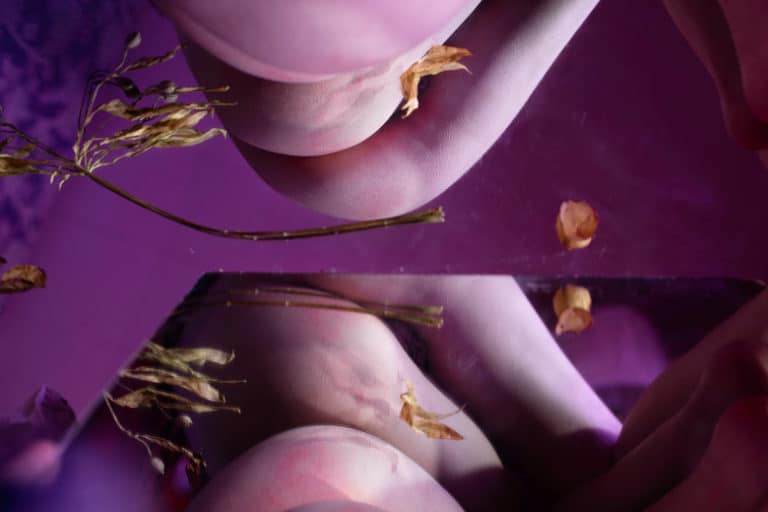What G-Spot therapy says about the female orgasm

Tavicare is just one of the several medical centres in the U.S. that perform what is called G-Spot therapy, a procedure also known as G-Shot or G-Spot Amplification (yes you read well), which is an injection of collagen or a similar filler whose purpose is to enlarge the Grafenberg Spot (commonly known as the G-Spot) in order to enhance female orgasms. “The G-Shot® injection procedure takes approximately 5 minutes; results can last up to 4 months!” reads Tavicare’s description of its therapy.
Many aspects of this new ambitious practice are compelling, from the language used in its communication to the very technology it claims to have invented. But one in particular is worth questioning: the existence of G-Spot therapy implies that all women actually have a G-Spot, and that, as far as recent academic researchers argue, is still up for debate.
In 2012, a study in The Journal Of Sexual Medicine came out with what was considered a breakthrough study by seemingly proving that the G-Spot exists and describing exactly where it is located. But in the years that followed, several different groups of researchers have claimed to prove the opposite. In 2017, a different study published in the same journal argued that the G-Spot, which is believed to be a specific sensitive region inside the vagina, does not exist. “There is no macroscopic structure other than the urethra and vaginal wall lining in the location of the putative G-Spot. Specifically, there is no apparent erectile or “spongy” tissue in the anterior vaginal wall, except where the urethra abuts the clitoris distally”, the paper read.
Now, considering the numerous medical and anatomical researches that dismiss the existence of the G-Spot, Tavicare’s description of what G-Shot therapy involves seems questionable. “Dr. Tavakoli will do a pelvic exam and measurement of the G-Spot based upon your direction. She will transfer this measurement to a ruler and then a special speculum. The speculum, which has the location of the G-Spot on it will be inserted into the vagina and then a small needle will be used to deliver a small amount of local anaesthetic in the area of the G-Spot.” Nowhere on their website however does Tavicare mention the possibility that the G-Spot might not even exist. And while numerous scientists and academics are convinced that the legendary G-Spot is but a myth, Dr. Tavakoli, one of Tavicare’s leading doctors, is convinced that the question isn’t whether or not every woman has a G-Spot, but that it’s simply a matter of finding it, and potentially, for a mere sum of 2,000 U.S. dollars, boost it.
It is hard to imagine that these super-orgasms can be reached by every woman after only a five-minute procedure and that, more importantly, they can be enjoyed for the following four months. While the recurrent debates over the existence of the G-Spot threaten Tavacare’s credibility, this medical procedure opens up an entire Pandora’s box of female sexual empowerment. With numerous studies outlining that 43 percent of women have reported that they cannot reach orgasms for various reasons, Dr. Tavakoli’s therapy (and potentially every doctor with the right skills and technology) holds the power to revolutionize what we know about the female orgasm. But first you just need to believe the research claiming to prove the G-Spot exists and then, you only need to trust that G-Shot does what it says on the cover.




